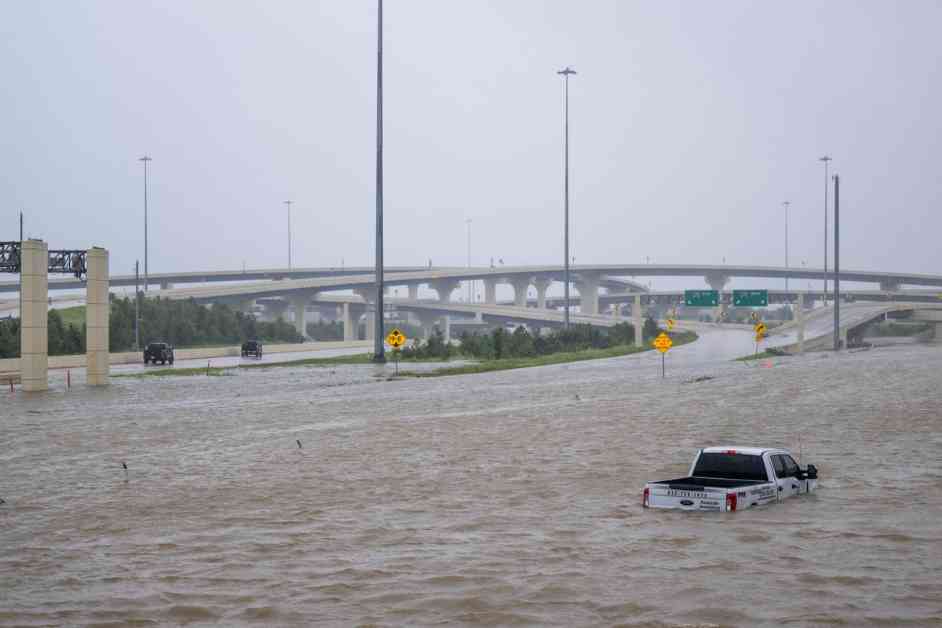The Biden administration is on the verge of implementing a policy that was initially proposed in 2015 to safeguard numerous federally funded construction projects from increased flooding due to climate change. The new rule, set to take effect on September 9, mandates that public infrastructure rebuilt with Federal Emergency Management Agency (FEMA) funds following a disaster must be elevated at least 2 feet above the local flood level. This requirement applies to various projects like police stations, schools, sewer plants, roads, and bridges.
This development, expected to be officially announced by the White House, is a significant win for environmental, taxpayer, and insurance groups that have long advocated for stronger building standards in flood-prone areas. Despite facing delays spanning three presidencies, including opposition during the Trump administration, the finalization of this rule is seen as crucial for enhancing community resilience and reducing flood damage.
The policy also introduces a new provision that necessitates state and local governments to consider future flooding risks associated with climate change when rebuilding facilities using FEMA funds. This shift addresses a common critique that past federal disaster policies inadvertently promoted the reconstruction of public structures using inadequate standards, leading to repeated destruction.
The Federal Emergency Management Agency estimates that approximately 35,000 projects will be impacted by the new rule over the next decade. While it acknowledges that the elevated construction and repair costs may rise initially, FEMA officials believe that the long-term benefits of averting potential flood damage outweigh the additional expenses.
Flooding, as the most devastating natural disaster in the U.S. and globally, causes billions of dollars in property damage annually. The intensification of rainfall and coastal storm surges due to climate change, coupled with increased development in flood-prone regions, has exacerbated the impact of flooding. Recognizing the urgent need for proactive measures, Homeland Security Secretary Alejandro Mayorkas emphasized the importance of prioritizing emergency prevention over emergency response through initiatives like raising buildings.
By adhering to the new elevation standard, public facilities will be reconstructed to be more resilient and safer, shielding occupants from flood-related hazards. The policy, however, does not extend to homes repaired with FEMA funds or claims from FEMA’s flood insurance program, nor does it affect FEMA flood maps delineating flood zones.
The culmination of this nearly decade-long effort to enhance flood protection for federally funded projects reflects a concerted push towards bolstering community resilience against climate-related threats. While previous administrations grappled with the implementation of elevation standards, the Biden administration’s commitment to finalizing the FEMA policy signifies a substantial step towards addressing the pressing challenges posed by climate change.
This policy announcement aligns with President Biden’s broader climate agenda, which aims to tackle climate change impacts and bolster community preparedness. The emphasis on proactive measures and building resilience underscores the administration’s commitment to safeguarding public infrastructure and mitigating the escalating risks associated with climate change-induced flooding.
In conclusion, the forthcoming implementation of the FEMA policy underscores the administration’s proactive approach to climate adaptation and disaster resilience. By prioritizing the protection of federally funded projects against flood damage, the policy heralds a new era of climate-conscious infrastructure development that aims to build safer and more resilient communities for the future.






